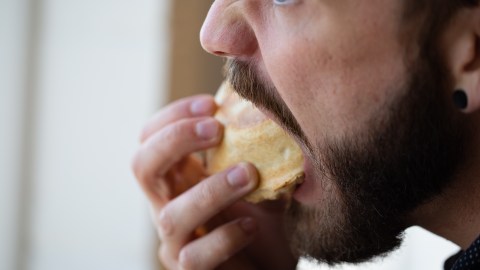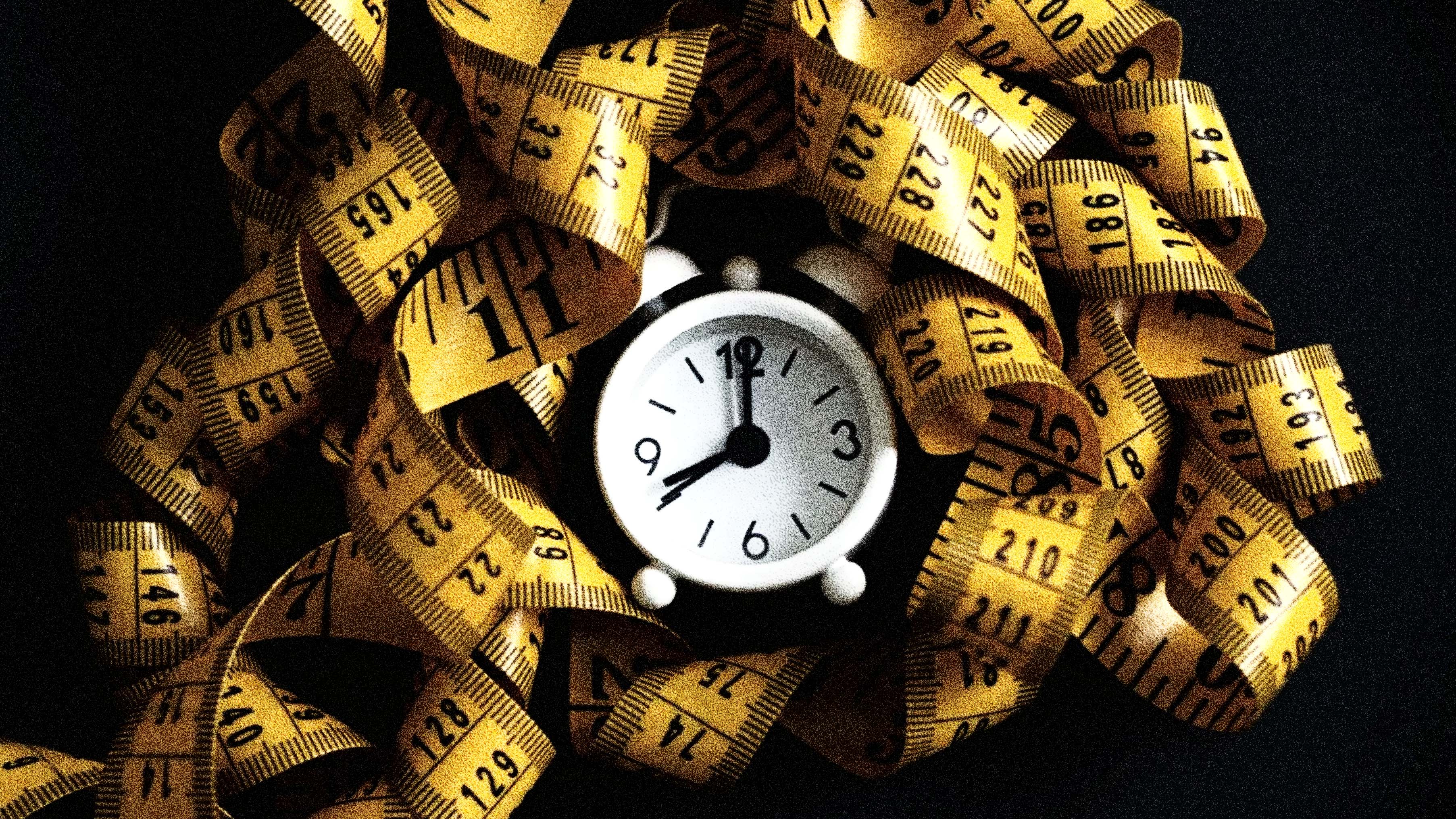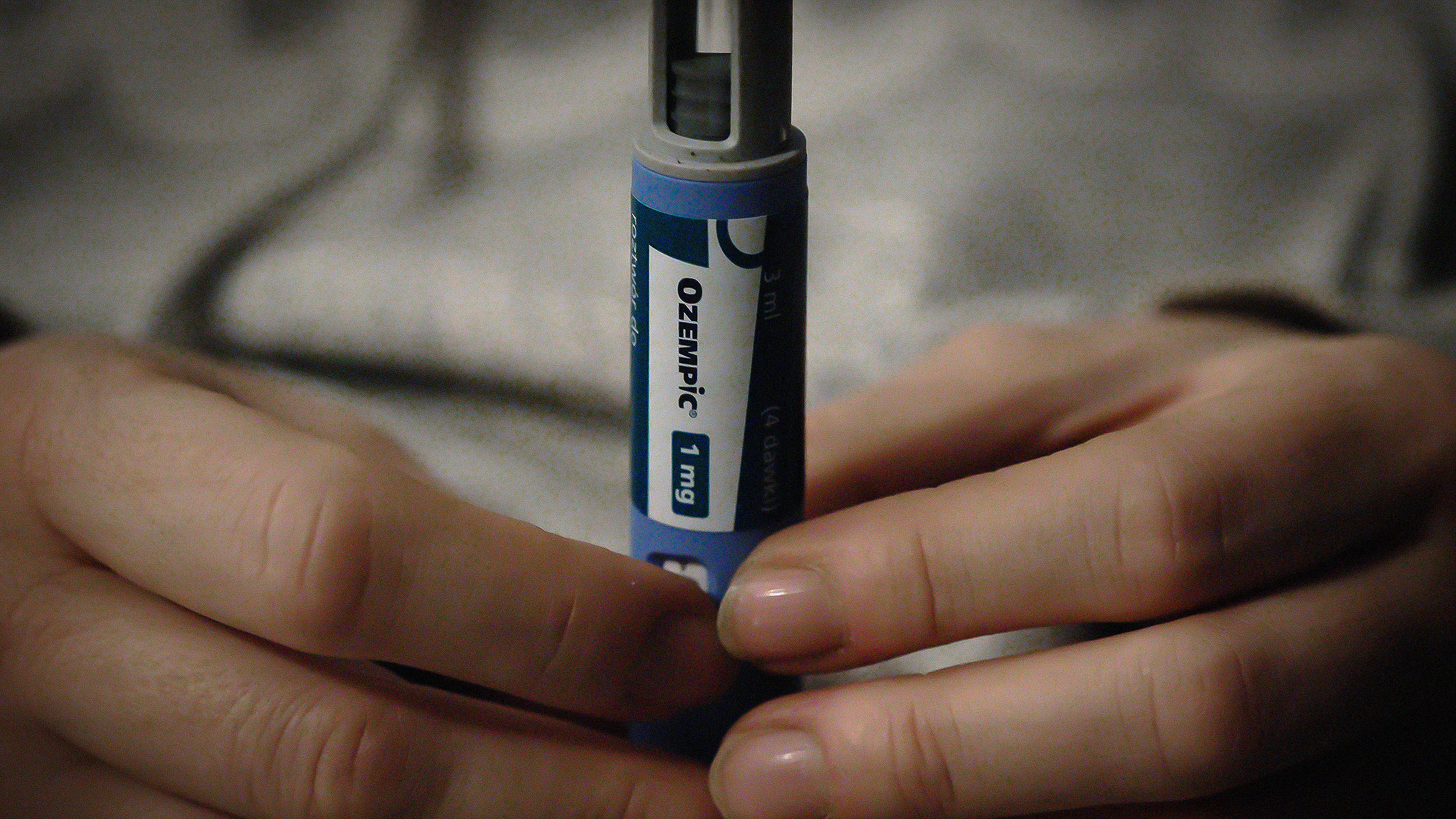- A study at the University of Virginia Brain Institute links the brain’s pleasure center with our biological clock.
- The easy availability of high-calorie foods has created a long feeding window each day, leading to an increase in obesity.
- To combat this trend, closing the feeding window, as with intermittent fasting, is proving important for optimal health.
In the modern world, with seemingly simple conveniences such as refrigeration and electricity, perspective is hard. Understanding how to preserve food—even knowing what actually qualified as food—required a lot of trial and error for our first 350,000 years on this planet. What we call progress isn’t always the case. For every advancement there is a cost.
Obesity would have been a hard concept for our ancestors to understand. There was little opportunity for it to emerge. Advancements in food preservation and storage, such as processed foods and ice boxes, opened up an entirely new means of existence. We’ve paid for those technologies with “diseases of affluence,” such as cardiovascular disease and type 2 diabetes. Humans were not biologically designed to have food, especially high-calorie food, perpetually available.
Authors of a recent study funded by The National Institute of General Medical Sciences and University of Virginia Brain Institute and published in Current Biology write that, “The widespread availability of energy-dense, rewarding foods is correlated with the increased incidence of obesity across the globe.” The team, led by University of Virginia biology professor Ali Güler, discovered a link between the brain’s biological clock and pleasure center—a link that is driving obesity.
The obesity problem is the result of a perfect storm. Humans were designed to gorge when food is available; previously, we didn’t know when the next meal would arrive. That’s no longer the case. High-calorie foods, those crammed with sugars and carbohydrates, activate our brain’s pleasure center; the good feeling is a biological signal for satiation. We feel satisfied then become addicted to and dependent on that feeling. Processed food companies have long exploited this fact. The ability to store food for extended periods of time, a relatively new capability, ensured that our next meal—our next fifty meals—are waiting in the kitchen.
Why you should do Intermittent Fasting | Joe Rogan feat. GSP, Dr. Peter Attia, Dr. Rhonda Patrick
Electricity prompted not only the emergence of refrigeration, but also indoor lighting and eventually smartphones, which also play a role in this conundrum. The sun, for most of time, served as a natural alarm clock. We rose and set with it. As this is no longer the case, we thwart our biological rhythm by sleeping at odd hours or not enough, both of which negatively impact our health. The constant usage of phones also negatively impacts our circadian rhythm, with poor sleep also contributing to the obesity epidemic.
Whereas high-calorie foods were previously difficult to secure, Güler says that this is no longer the case.
“The calories of a full meal may now be packed into a small volume, such as a brownie or a super-size soda. It is very easy for people to over-consume calories and gain excessive weight, often resulting in obesity and a lifetime of related health problems.”
Readily available high-calorie foods set off our pleasure center, causing us not only to overeat at meal time, but to snack all day. This is one of the surest ways to gain weight, the study notes. Tragically, our bodies store more calories eaten between meals as fat than those eaten during regular meal times.
“We’re learning that when we eat is just as important as how much we eat. A calorie is not just a calorie. Calories consumed between meals or at odd hours become stored as fat, and that is the recipe for poor health.”

Not actually food.
Photo by: Jeffrey Greenberg/Universal Images Group via Getty Images
Obesity is costing the United States $147 billion every year. Even the richest nation on Earth cannot afford this bill, especially given how much better we can utilize that money.
One important way that we can combat this trend is by closing our feeding window. As research has shown, Americans eat in an average feeding window of 14.75 hours a day. Intermittent fasting has been shown to help promote weight loss. While there are debates regarding exact fasting duration, it appears that closing your feeing window to a 10-hour period is beneficial. Some research has even even suggested that a 12-hour feeding window is helpful for shedding pounds.
Güler notes that “we evolved under pressures we no longer have.” Our pressures are different now, such as this exploitation of our innate pleasure-seeking capacities. Convenience always comes at a cost. Refrigerators and light bulbs have not been everyday objects for that long of a time, and while we don’t have to envision living without them, we can certainly make better use of both.
Line up the timeline of obesity trends with technological advancements and we are on safe ground speculating beyond correlation. As this study shows, it’s part of our genetic inheritance: give us food and we’ll eat it. Closing your feeding window and eating fewer carbohydrates might fly in the face of common wisdom, but nothing is wise about the situation we’re in. Good health demands of us this discipline.
—
Stay in touch with Derek on Twitter and Facebook. His next book is Hero’s Dose: The Case For Psychedelics in Ritual and Therapy.






